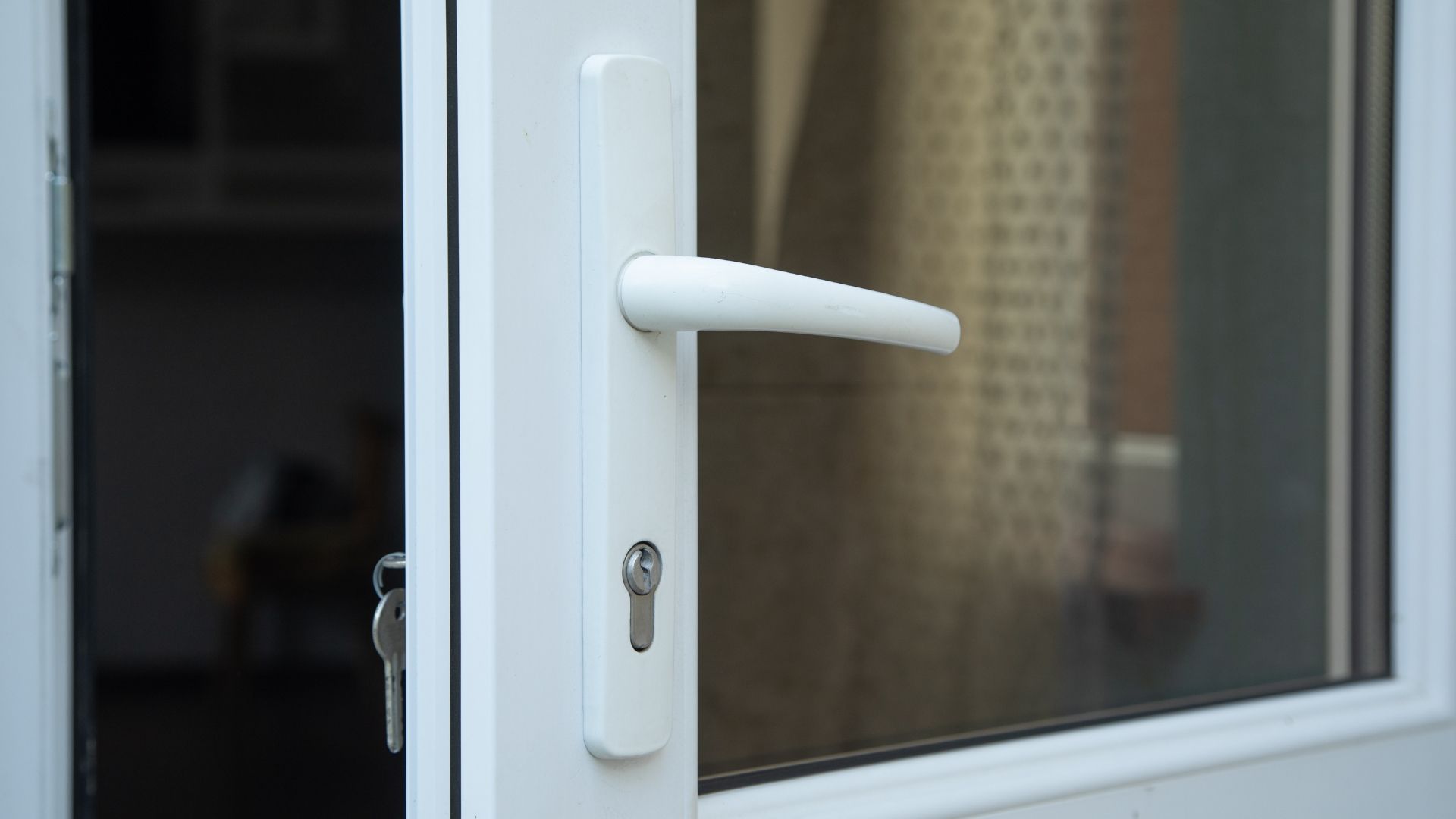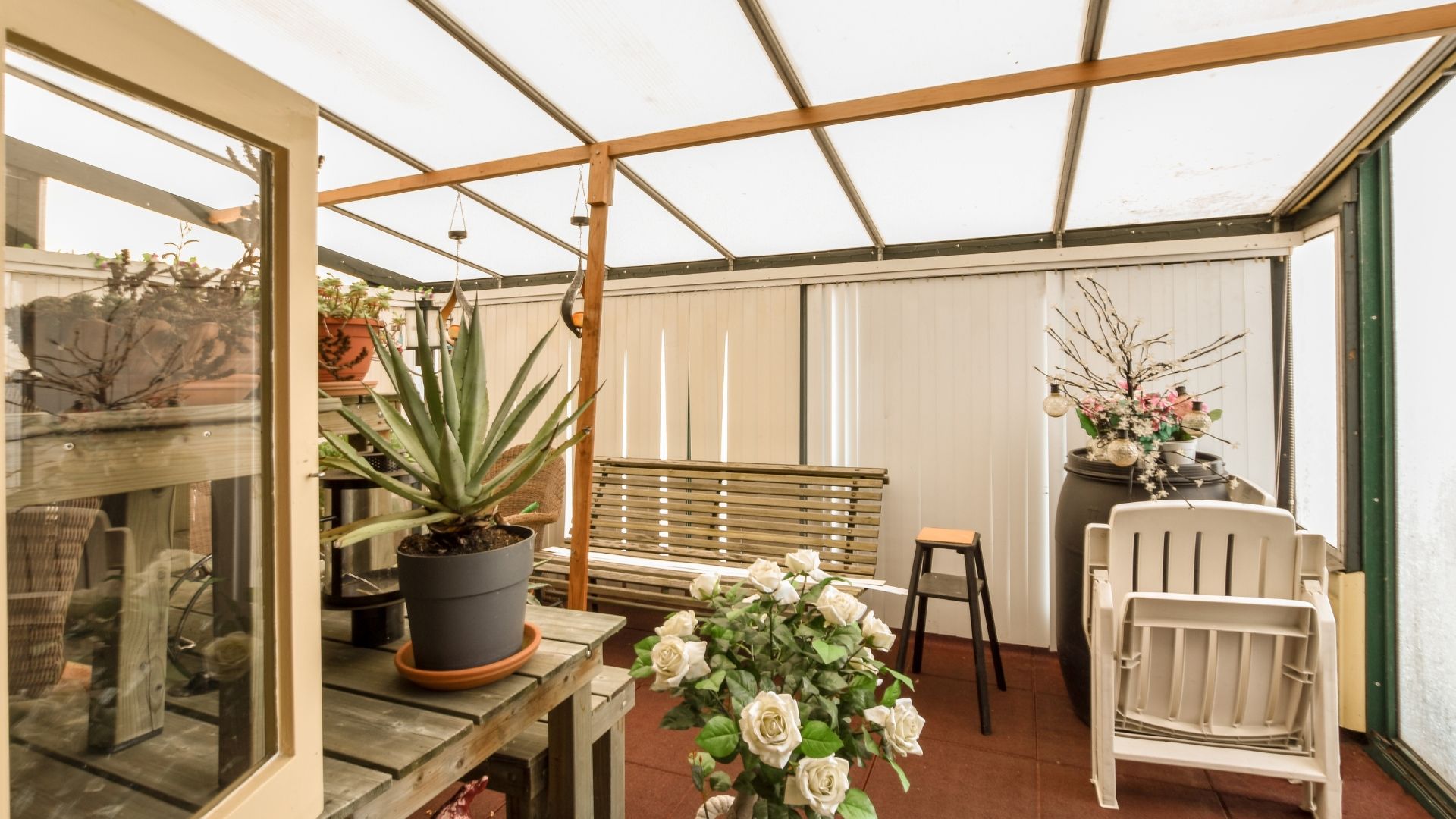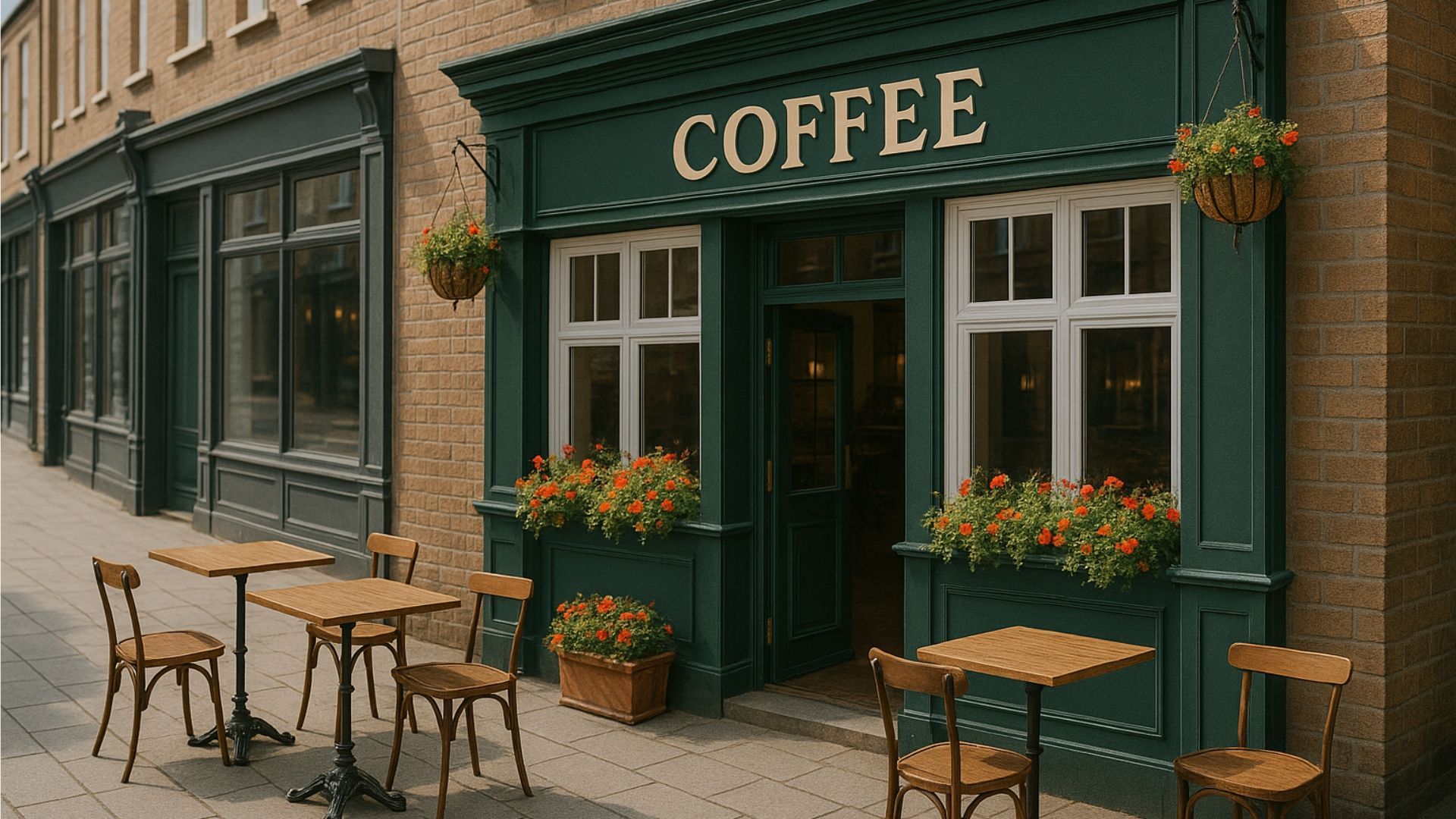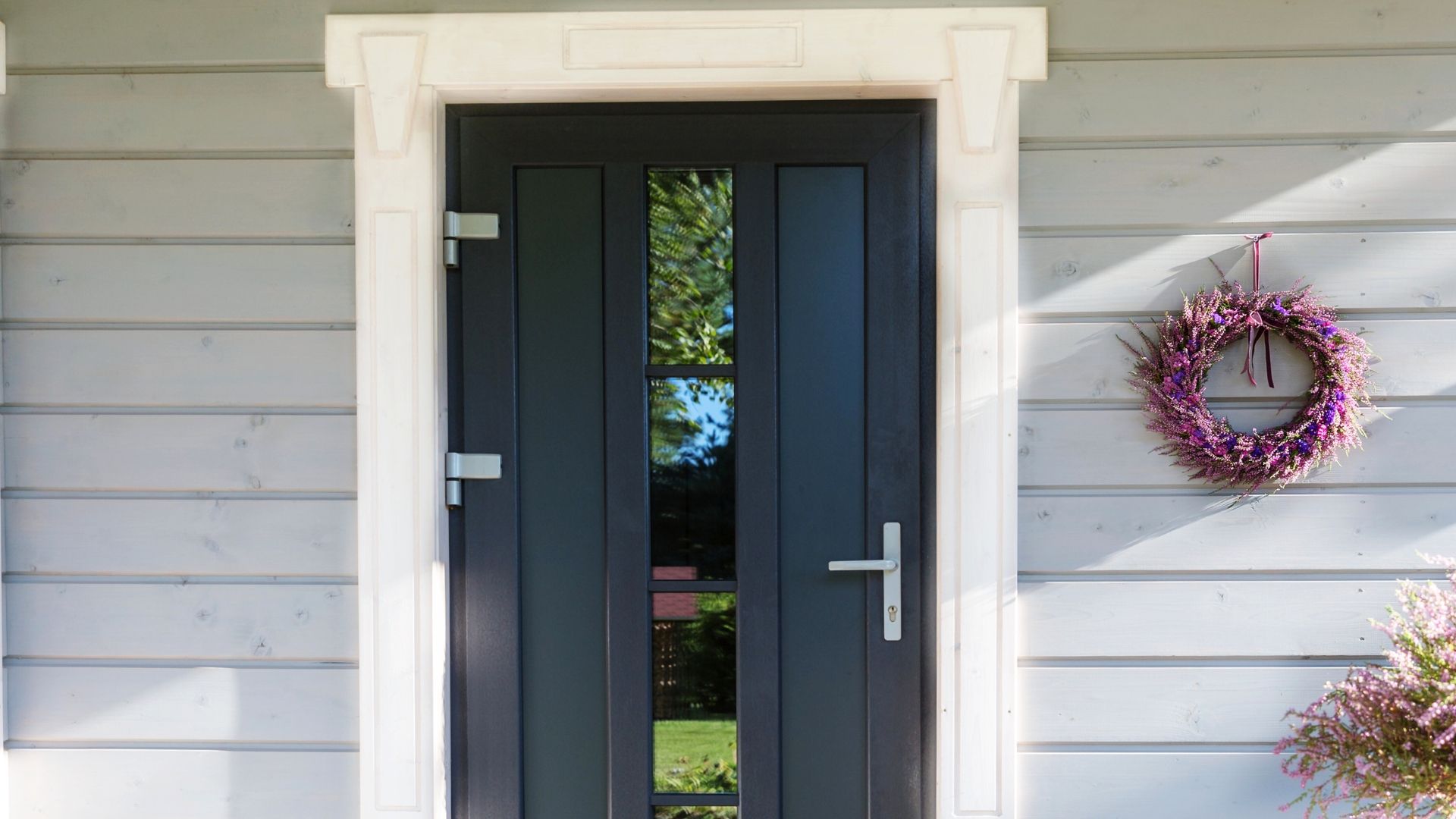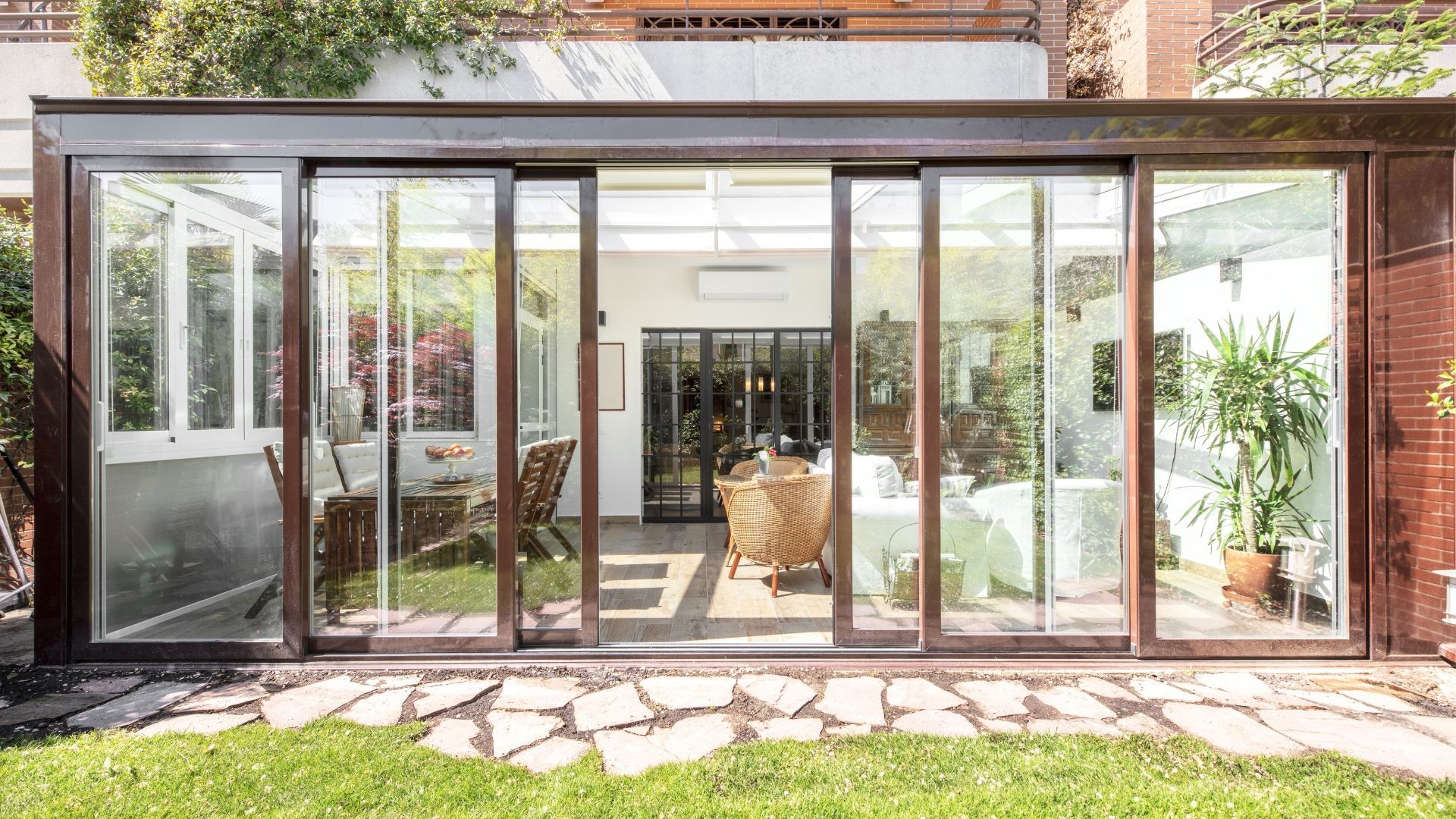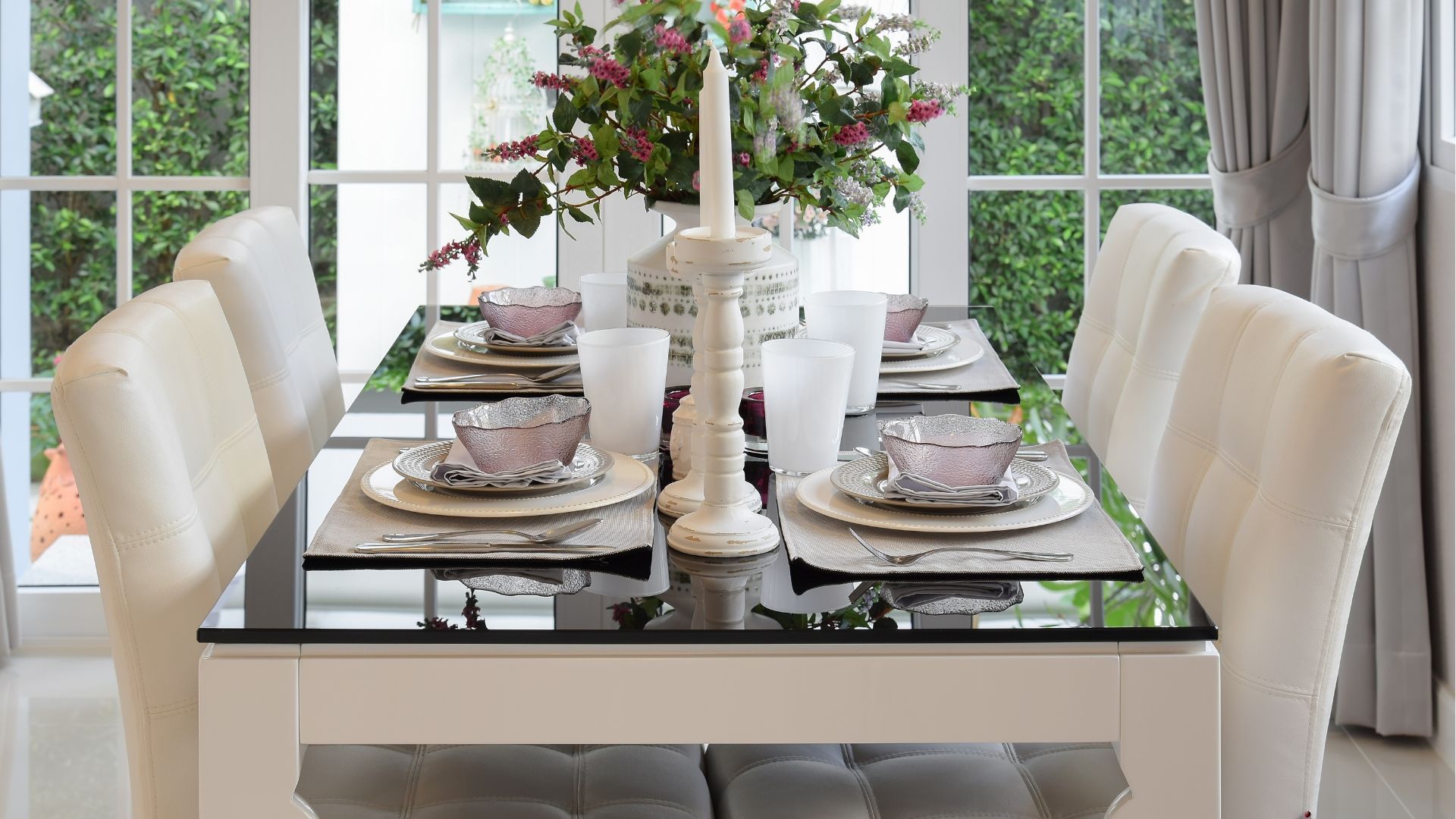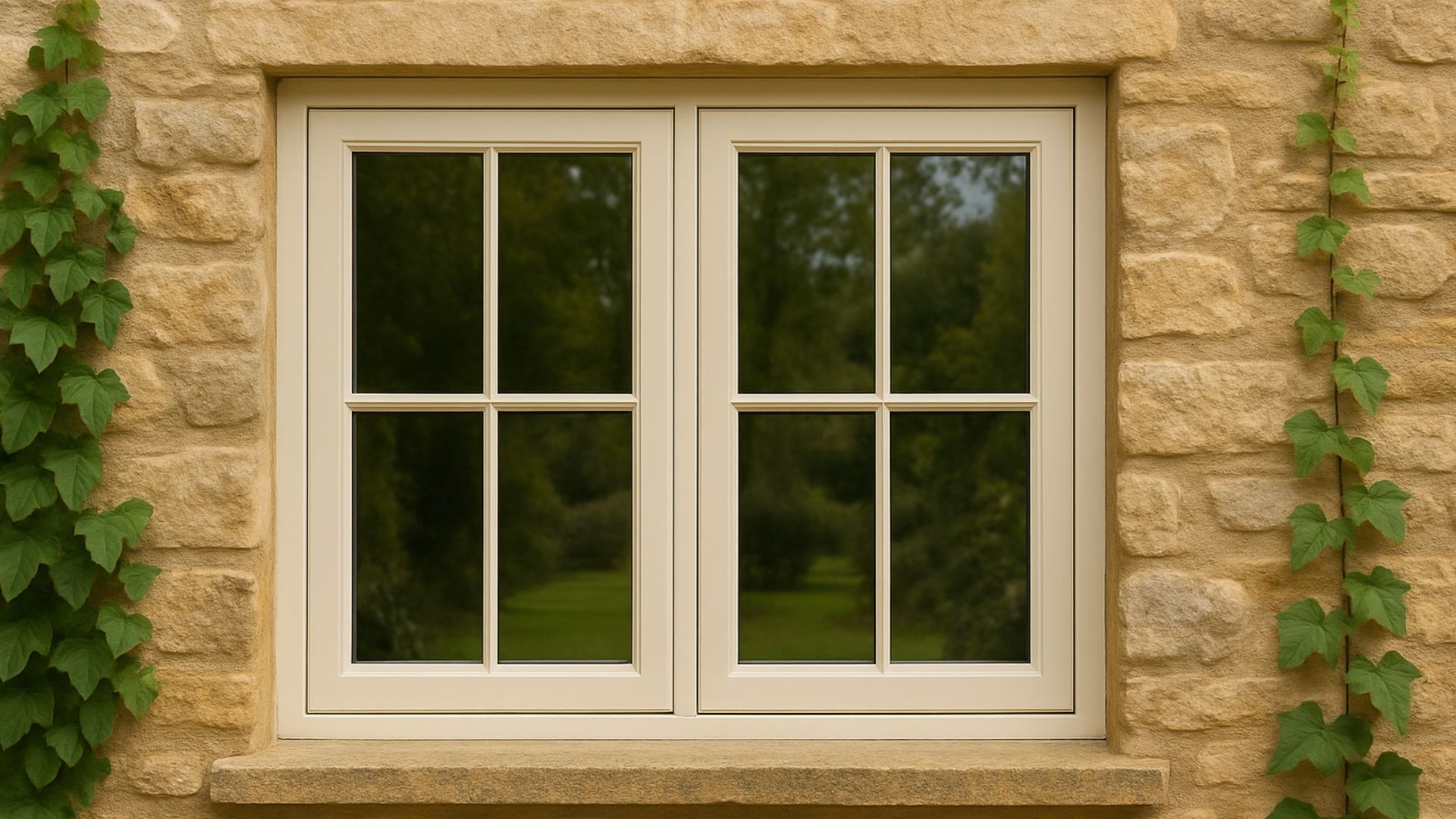Sash vs casement windows: the differences and benefits of each
Sash windows and casement windows can make a big difference to any home. But what are the benefits and differences? Let's find out.
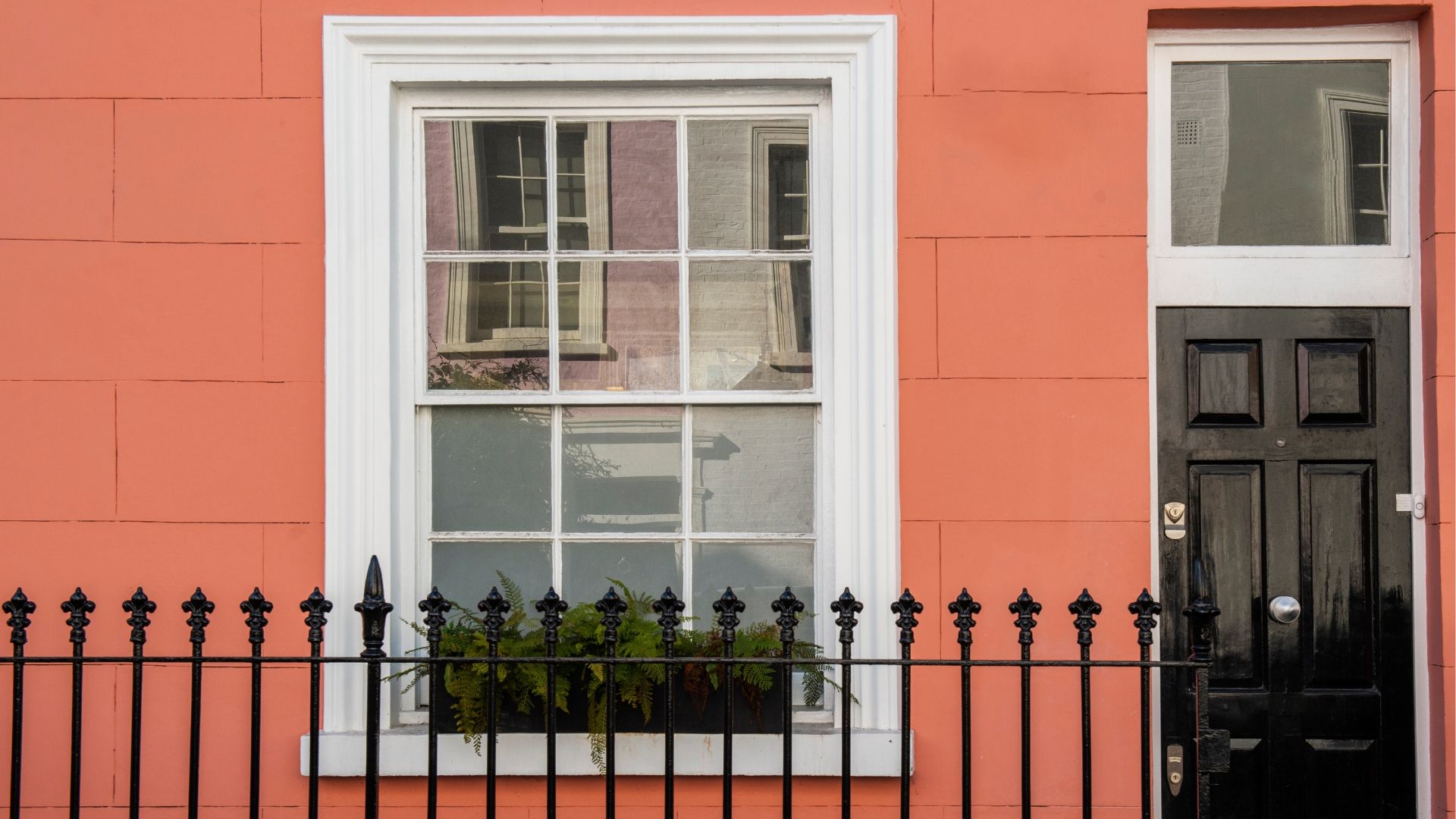
What are windows for? This isn't a riddle or a philosophical conundrum. It's a question that can guide you in your window-buying journey.
Windows let the light in – but not all windows let in the same amount. Windows contribute to a building's appearance – but different models have different styles and associations. Windows increase airflow – but, well, you get the idea.
These considerations are relevant whatever window style you're buying – not least when choosing between two of the most popular varieties: sash windows and casement windows.
These two types of windows have been in use for centuries. Today's models add a touch of class to any property – but each has its own unique features and benefits. In this article, we explore them in depth to help you choose the right window for your home.
What are the differences between sash windows and casement windows?
Perhaps the most fundamental difference between sash windows and casement windows is the way they open.
A sash window consists of two glass-framed panels inside a larger frame. These overlapping frames can be slid up or down to open the window.
A casement window, meanwhile, opens like a door on a side hinge (occasionally it opens from a hinge on the top) and is operated by a handle or crank.
This is far from a merely mechanical difference, however. It affects the look of the window and the amount of light and air it lets in.
Aesthetically speaking, a sash window is a traditional affair. Even today, it's mostly associated with Victorian and Georgian styles. Casement windows, by contrast, are more modern-looking and can arguably be used in a wider range of homes.
Then there's the question of light and airflow. A sash lets in an adequate amount of light and air for most people. However, its two overlapping panels can obstruct the view, and the unit can't be opened entirely.
By contrast, the design of a casement window allows for extra airflow. The whole unit swings open like a door, letting in all the air you could want and providing an unobstructed view.
Both sash windows and casement windows are easy to maintain – especially when fitted with uPVC frames. Howeer, sash windows can need a little more maintenance due to their sliding mechanism.
What are the benefits of sash windows?
1. Style
Sash windows have a timeless elegance. Their period authenticity, sometimes underlined by glazing bars, makes them a popular choice for homeowners with a taste for period living.
That said, today's sash windows are customisable, making them suitable for a range of homes. You don't have to be an old soul to appreciate their elegant design.
2. Airflow
Sash windows offer good airflow. This allows you to regulate the temperature, improving your home's energy efficiency and reducing condensation.
3. Insulation
Modern sash windows offer good sound insulation. Whether you're trying to drown out a noisy neighbour or your own noise, a sash window acts as an effective barrier.
4. Security
As well as keeping out noise, sash windows can keep out intruders. Modern varieties are made with robust glass and fitted with multi-point locking.
5. Easy maintenance
Finally, sash windows are low-maintenance – especially if you go for a uPVC frame. A simple spray and wipe once or twice a week will keep them in sparkling condition for years.
The bottom line
A sash window is an impressive and tasteful addition to any home – one that provides energy efficiency, ventilation and sound insulation. Some people, however, may prefer to go for a casement window.
What are the benefits of casement windows?
Casement windows have a lot of the same advantages as sash windows. They're durable, secure and energy-efficient and help reduce noise. But the reason for choosing one over the other isn't just a question of price.
There are two other factors at play. One is the question of size. Casement windows can be custom-made to fit almost any aperture. Sash windows, however, have a minimum opening size to accommodate their sliding sash design.
The other reason you might go for a casement window over a sash window is the superior ventilation and views it can provide.
Because a casement window opens like a door, it lets in plenty of light and air. For some people, this is more important than the antique charm of a sash window.
The same goes for views. A sash window is split in two by a horizontal bar – and in some cases, by multiple decorative glazing bars. If you want to enjoy your view to the fullest, a casement window may be the way to go.
How we can help
Here at Calder Windows, we stock both sash windows and casement windows. Like all our products, they're stylish, energy-efficient and weather-resistant – and they can be customised with an appealing range of colours and finishes.
Plus, with more than 30 years in the trade, we guarantee a professional and friendly service.
Frequently asked questions
Get a FREE quote
Are you on the lookout for uPVC window fitters in Wakefield or West Yorkshire? With over 30 years' experience and an extensive range of uPVC windows, we can help. Request a quote today or apply for finance and spread the cost.


